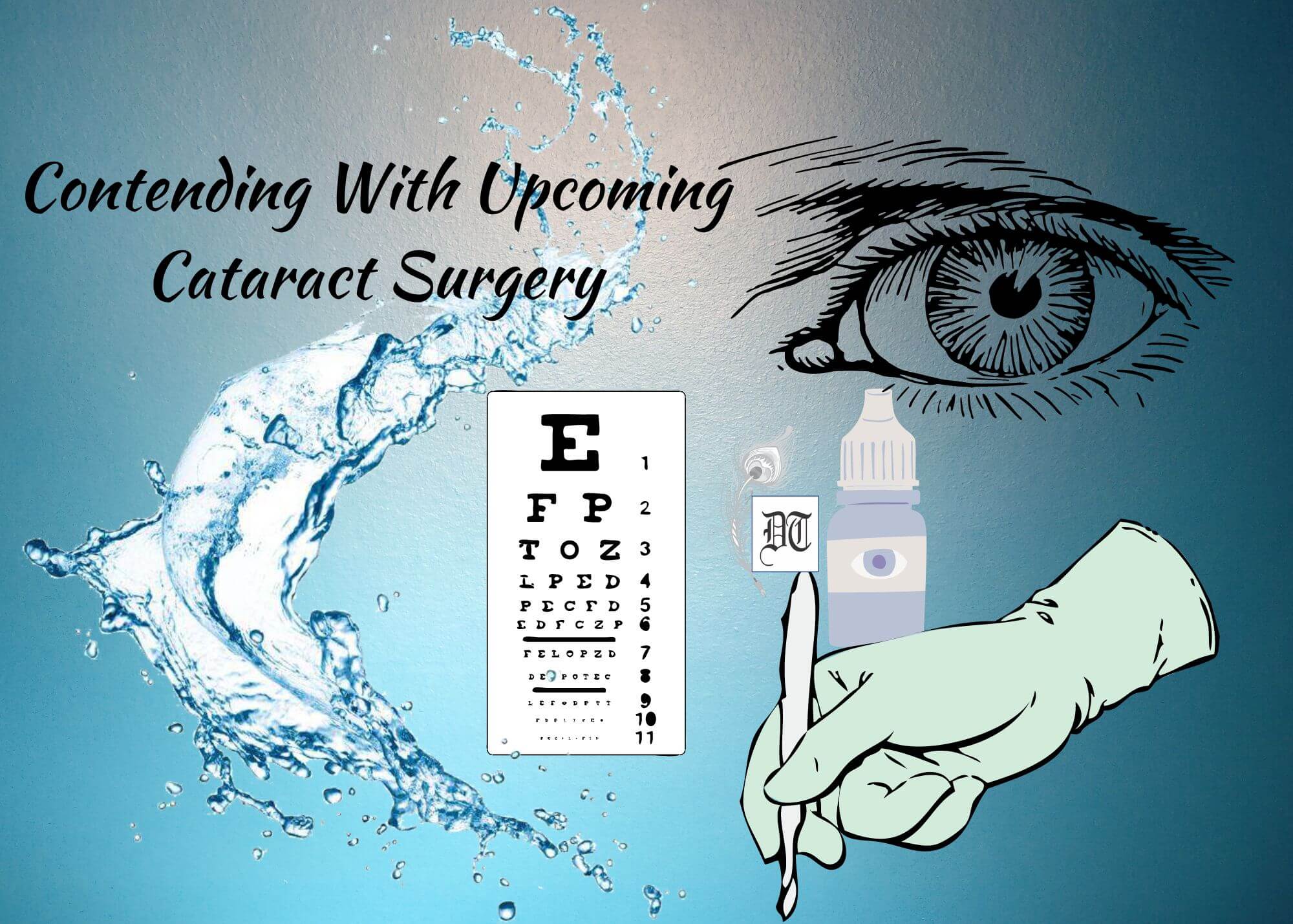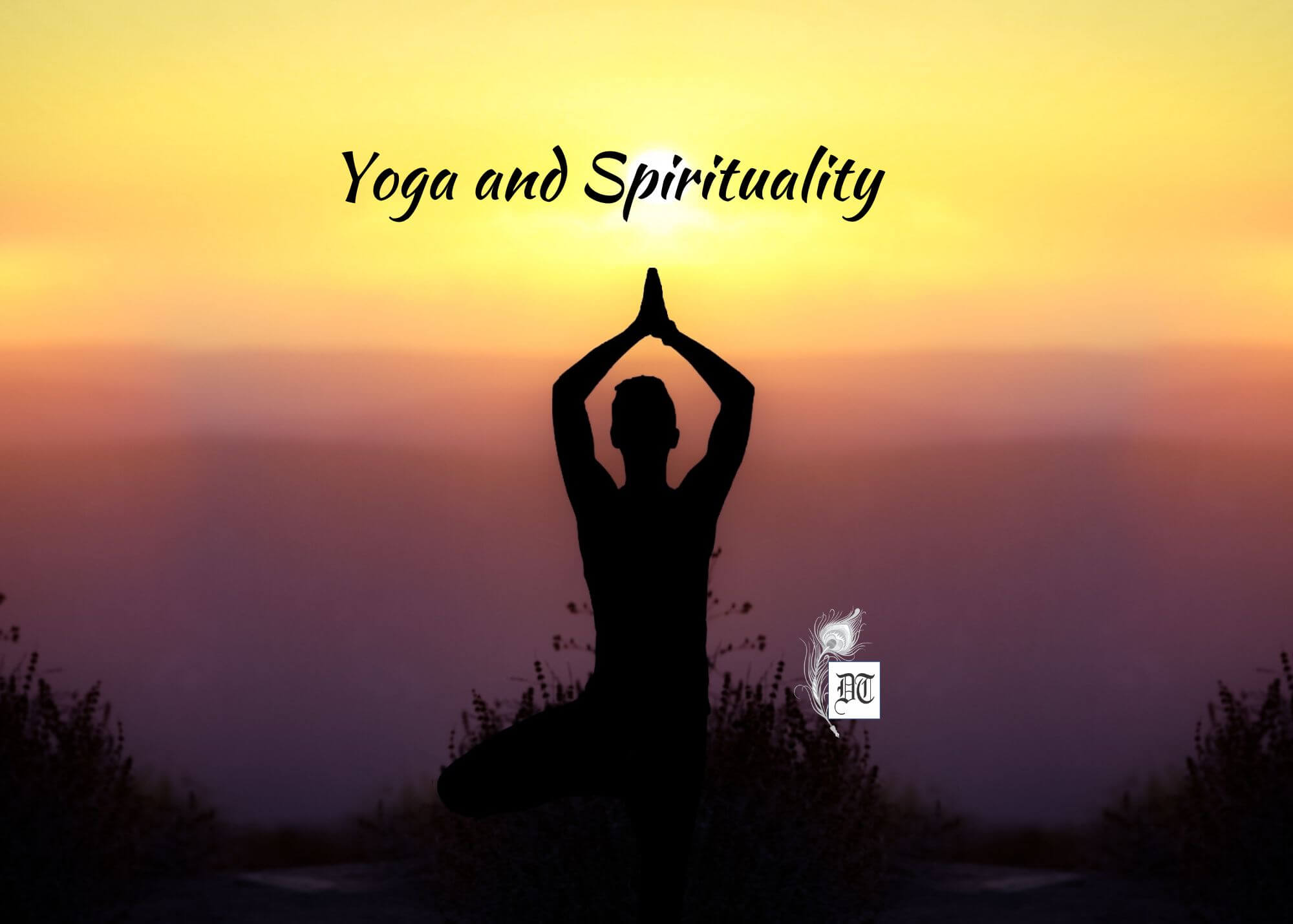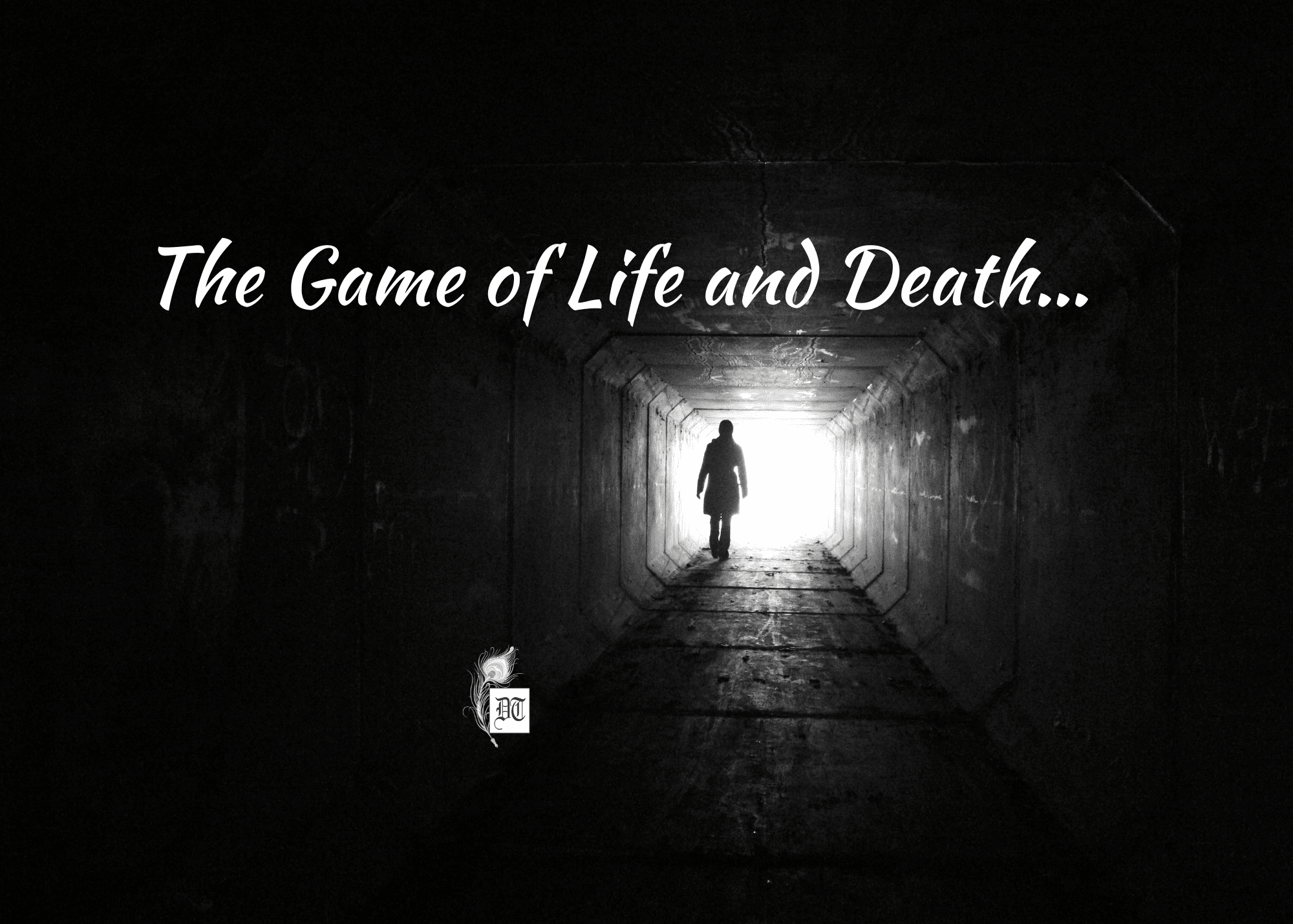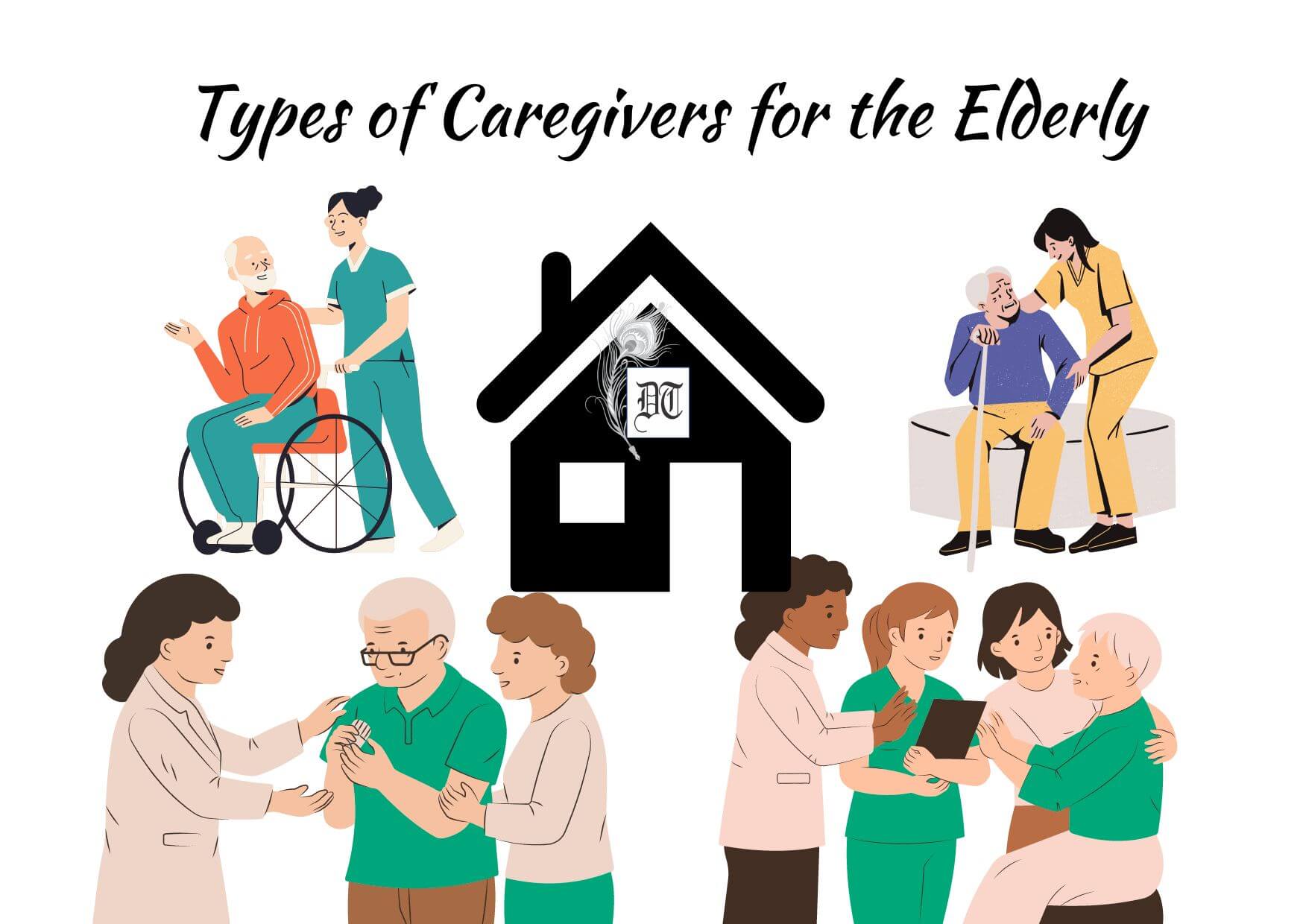Our Yoga expert, Navodita, tells us about three asanas to rejuvenate the body. These are Ananta Asana, which improves blood circulation. It helps to tone your abdominal muscles. It strengthens shoulder muscles. It helps with digestive problems. This asana helps in relieving mental anxiety and stress. It is helpful in treating disorders related to the urinary bladder, uterus, prostate, testes, and ovaries. It is also beneficial in correcting menstrual disorders and edema of the arms and legs. The second asana, Chakra Asana, benefits the pelvic bones and abdominal muscles. It benefits all parts of the body. The posture also helps strengthen the neck, arms, wrists, fingers, spine, back, thighs, knees, ankles and feet. Hala Asana helps in the treatment of rheumatism. It relieves tension from the neck and back. It cures slouching and helps in attaining a straight standing posture. It helps attain a slimmer waist as well as makes the hips suppler. It exercises the entire spinal column and provides flexibility. It helps remove laziness and fatigue. She unfolds the details, in the weekly column, exclusively for Different Truths.
Supine poses are restorative ones which rejuvenate the body, specifically the spine and the organs around it. Today, some of the supine poses we will discuss are Ananta Asana and Chakra Asana.
Ananta Asana
‘Ananta’ is another name for Vishnu. This pose reflects the sleeping pose of Vishnu on his serpent. In order to derive full benefit of the pose, lie down on the floor on your back, legs extended and hands by the side. Turn to the left, fold your left hand at the elbow. Place the elbow on the ground. Raise your head and support it with the left palm. Place your right hand in front of the chest. Breathe normally. Fold the right leg at the knee and place the toes of right foot on the upper left thigh. Keep the right leg straight, keeping the toes pointed up. Hold the big toe of the right leg with your right hand. Breathing normally, hold this posture for about a minute. Release the right leg and slowly return to the supine position. Turn on the other side and repeat by alternating legs.
This asana has several benefits. It can improve blood circulation. It also helps stretch hamstring muscles and calves. It helps to tone your abdominal muscles. It strengthens shoulder muscles. It helps with digestive problems, too. This asana helps in relieving mental anxiety and stress. It is helpful in treating disorders related to the urinary bladder, uterus, prostate, testes and ovaries. It is also beneficial in correcting menstrual disorders and edema of the arms and legs.
This asana can be followed by the Chakra Asana.
Chakra Asana
‘Chakra’ means wheel in Sanskrit. In the final posture of this pose the arched body resembles the rim of a wheel. Hence the name Chakra Asana or Wheel Pose.
Lie down on your back with both legs apart. Stretch both arms on either side with palms facing downward. Bend both the knees and draw the legs back. The heels should be touching the respective buttocks. Both soles should be touching the ground. Bring your hand backwards and place the hands beside the head. The palms should be facing downwards ready to push down against the floor. The palm and heels of each side should be in one straight line. Inhale slowly.
Continue inhaling and press the palms and hand on the ground. Taking the support of the hands and legs, raise your shoulder, chest, abdomen, hips and thighs to the optimum level. Your head should be hanging in between your shoulders. Make sure the elbows are not bent once in the position. Try to arch the body as much as possible. Hold your breath and stay in this position for about ten seconds. Repeat this asana five-six times.
The pose benefits the pelvic bones and abdominal muscles. It benefits all parts of the body. The posture also helps strengthen the neck, arms, wrists, fingers, spine, back, thighs, knees, ankles and feet.
Yet another asana very good for the spine and the back is Hala Asana or the Plough Pose.
Hala Asana
‘Hala’ means plough in Sanskrit. In this posture the practitioner’s body is akin to a plough used by the farmers.
Lie down on the floor on your back and come down into Ardha Halasana posture. Exhale slowly and press the palms on the floor. Raise your posterior, hips and lower back off the ground. While raising the lower part of your body, bring the feet closer down to the ground near the head. Keep your knees straight. Try to touch the ground with your feet. Inhale and breathe normally. Walk out with your toes away from the head with further curvature of your spine. Assume a steady posture and exhale completely. Breathe deeply. Form a chin-lock with your chin. Make sure your lower thighs lie just above the forehead. Form a finger-lock encircling your head. Hold this posture as long as you comfortably can. Maintain normal breathing. Bring the hands back to the side. Inhale and bring the legs back to the vertical position. Exhale and bring the legs back on the ground. Resume normal breathing. Relax with Shava Asana.
The pose helps in treatment of rheumatism. It relieves tension from the neck and back, by stretching the muscles of the region. It cures slouching and helps in attaining a straight standing posture. It helps attain a slimmer waist as well as makes the hips suppler. It exercises the entire spinal column and provides flexibility. This pose should be practiced by those wanting to lose weight and get a flat tummy. It helps remove laziness and fatigue. Your heart is strengthened. After this heavy Yoga workout time for some meditation and Mudra.
Sanmukhi Mudra
Sit in Sukha Asana with a straight back and eyes closed. Keeping your neck and chin up, raise your elbows in line with your shoulders and get your hands gently down on your face. Place your fingers gently on the face such that the index finger and middle finger covers your eyes and gently pushes down your eyelids down. Place your ring finger on your nostril and little finger on your upper lip. Plug your ears with your thumbs. Be careful not to be hard on your face and let the touch be gentle. Focus on the word ‘Om’ and at the center of your eyebrows. After five minutes of deep breathing and meditation, gently release your fingers and relax.
©Navodita Pande
Photos from the internet.










 By
By
